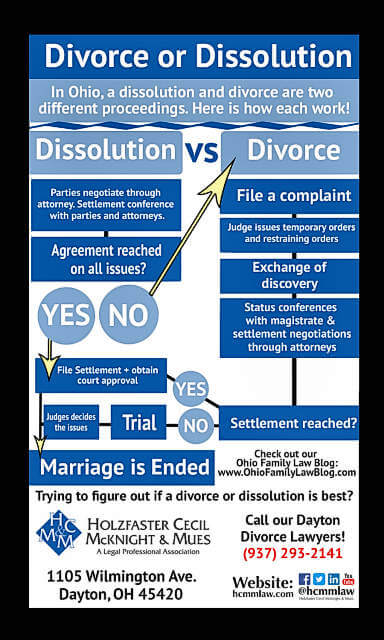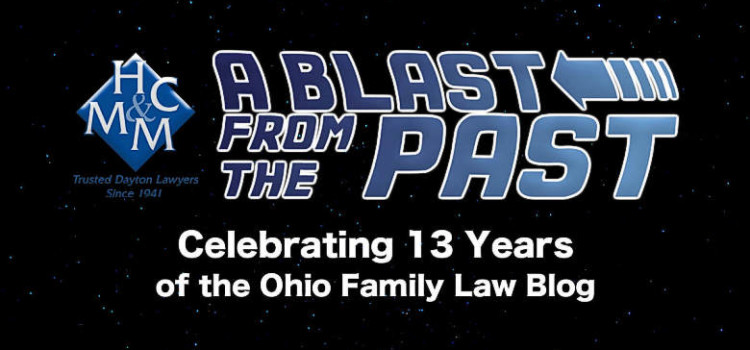PUBLISHER’S NOTE: This blog on the differences between dissolution and divorce in Ohio from April 21, 2018, is as meaningful today as it was when we originally posted several years ago. We have a ton of interesting articles in our archives of the Ohio Family Law Blog. Use our Search tool and enjoy a few oldie but goodies!
Marriages In Ohio Can Be Ended In One Of Two Ways, Dissolution Or By Divorce
 A dissolution and divorce in Ohio is different than most states. In most states, those terms can be used synonymously, but they are alternate proceedings with different statutory regulations in Ohio. Marriages in Ohio can be ended in one of two ways – by divorce or by dissolution.
A dissolution and divorce in Ohio is different than most states. In most states, those terms can be used synonymously, but they are alternate proceedings with different statutory regulations in Ohio. Marriages in Ohio can be ended in one of two ways – by divorce or by dissolution.
Dissolution
A dissolution proceeding is the quickest and easiest of the two methods to terminate your marriage, but in order to proceed with a dissolution there are certain considerations that must be met. Primarily, there must be a total and full agreement signed by both parties as to ALL terms of the dissolution. This means that both parties have to have a full agreement on all issues, including alimony, custody, child support, division of assets, debt allocation, division of … Read More... “Blast From The Past: WHAT’S THE DIFFERENCE BETWEEN A DISSOLUTION AND DIVORCE IN OHIO?”



